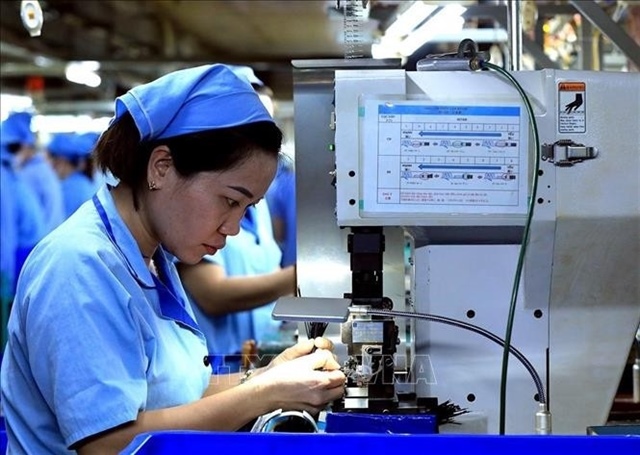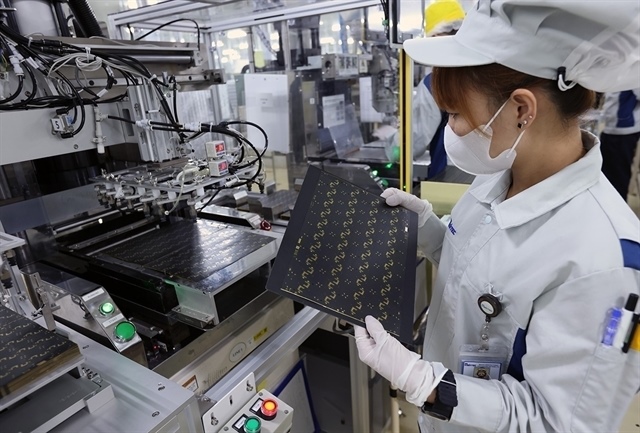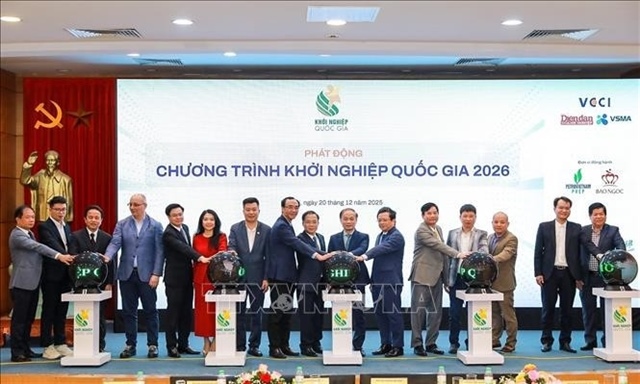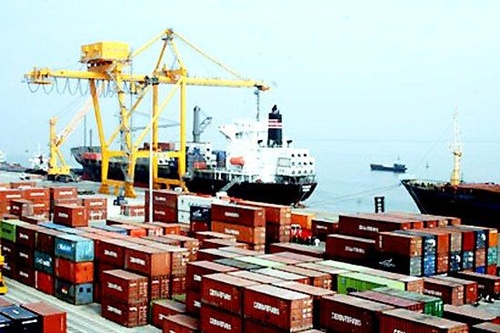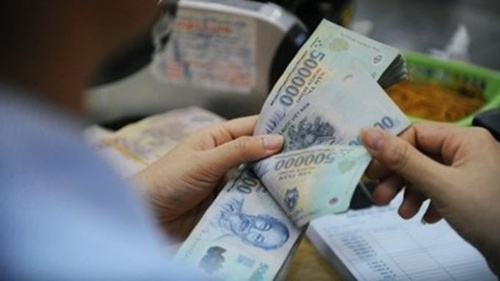Vietnamese businesses face technical barriers in world market
Vietnamese businesses face technical barriers in world market
While tariff barriers have been removed within the framework of free trade agreements (FTAs) that Vietnam has signed, technical barriers have barred domestic enterprises from entry into the world market.
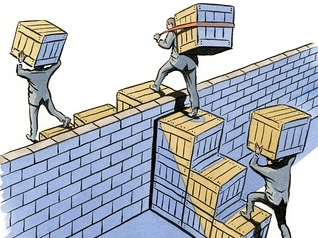
Dr. Le Dang Doanh, a renowned economist, noted that many technical requirements are “incredibly unreasonable”.
Vietnam’s green bean cakes, for example, are required by some importers to be placed in five-layer packages.
Other countries require extremely low antibiotic residue concentrations. At this level, a person would only catch a disease if he ate at least one kilogram of shrimp a day for 30 days.
Nguyen Huu Dat, a senior official from the Ministry of Agriculture and Rural Development (MARD), said Vietnam was able to export 800 tons of dragon fruit to the US in 2010.
In 2011, realizing that imports of dragon fruit from Vietnam had increased sharply, the US set up a new regulation on food hygiene examinations.
The US agencies also has decided to examine 100 percent of dragon fruit imports from Vietnam. They only opened the market widely after discovering there were no problems with Vietnam’s dragon fruit.
At that time, the US did not make any declarations about the required plant protection medicine residue, Dat said. Therefore, all Vietnamese dragon fruit exporters were worried when they exported products.
Shrimp and fish, two key Vietnamese exports, accounting for 60-70 percent of Vietnam’s seafood export turnover, also have faced problems.
After Vietnam signed the Vietnam-US Trade Agreement in 2001, Vietnam’s seafood exports to the US enjoyed a preferential tax rate of zero percent, which allowed a sharp increase in catfish exports.
The export volume, which accounted for 5.2 percent of the US market share, soared to 95.9 percent in 2012.
However, the upward trend stopped suddenly because of the strict technical barriers and the anti-dumping tax imposed by the US.
In a related matter, the US only accepts six types of antibiotics to be used in aquaculture, while clearly pointing out the suppliers of the medicine and stipulating the subjects, conditions and ways of use.
As for textile and garment products, the US requires ISO 9000 quality management, fire protection and environment standards, WRAP and SA 8000.
The complicated standards set by importing countries make it impossible for Vietnamese companies, most of them small- and medium-d, to satisfy because it is too costly for them to follow.
In the last 1.5 years, the FDA in the US refused 510 consignments of goods from Vietnam.


